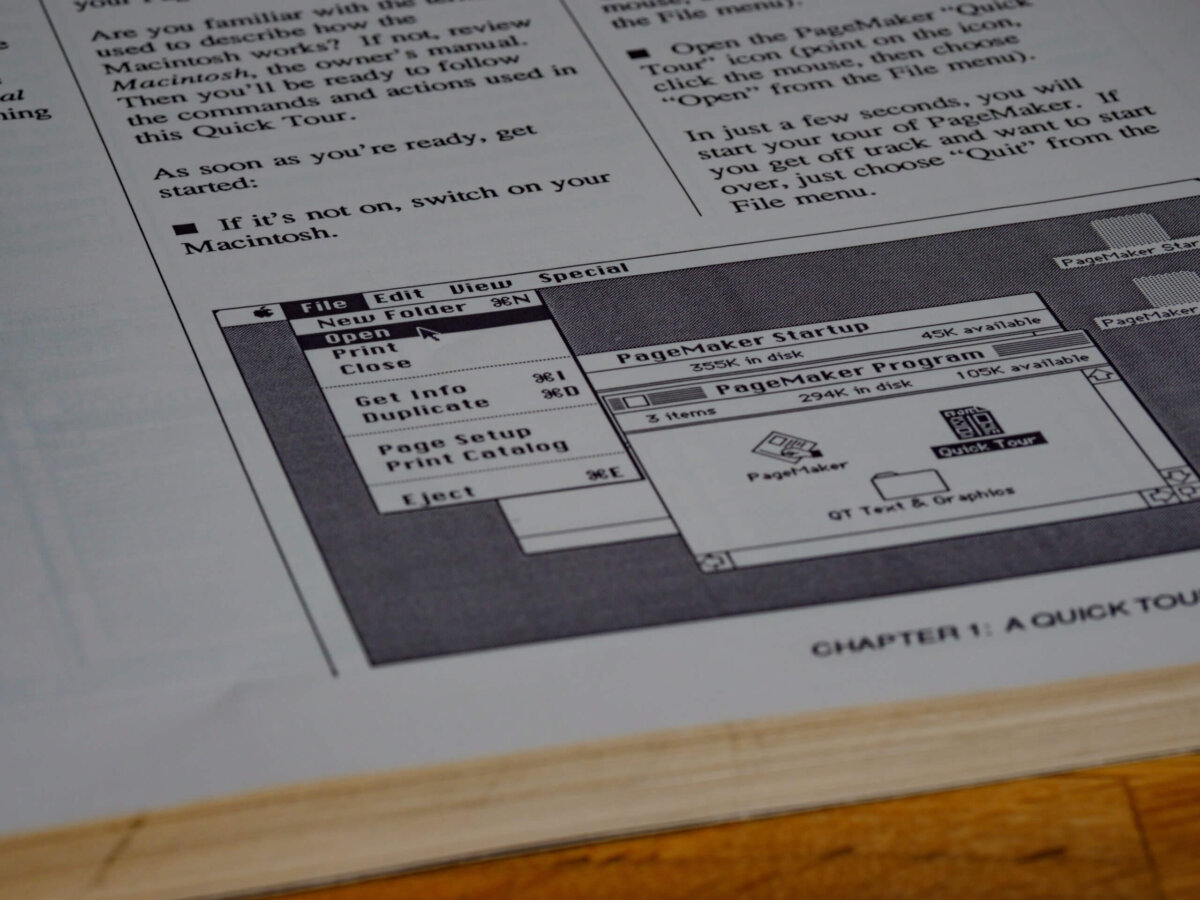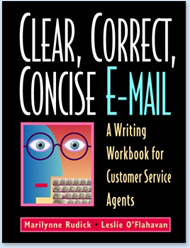Many of the participants in the e-mail writing classes I teach complain about being CC-ed in too many e-mails. They say their inboxes are overflowing with CC e-mails that leave them wondering “Why did I receive this?” and “Am I supposed to do anything after reading this?”
I have two suggestions for solving the CC problem:
- Talk to the person who’s CC-ing you too often. Ask why she’s CC-ing you each time. If she has a practical reason, you’ll be glad to learn about it. If she just thought you might want to be in the loop on all the various e-mail discussions, set her straight. Tell her when you want to be CC-ed and when you don’t.
- Develop a CC policy for your group or company. I’m not suggesting that you establish an e-mail police state, but developing a policy (or “guideline” if you need something softer) can improve the CC situation. After all, many people CC others because they think they’re doing the right thing. An agreed-upon policy will help everyone in your group know what to expect when sending and receiving CCs.
Six Options for a CC Policy
As you’ll see, these six options vary in strictness. Adopting any one of them will result in fewer CCs overall.
You may CC a recipient only if …
- … the recipient knows why he’s receiving the e-mail. This policy may be somewhat difficult to apply. You might wonder “How do I know if the recipient knows why he’s receiving the e-mail?” That’s the point. If you’re not sure whether the recipient knows why he’s getting your e-mail, put his name on the To line. People read more closely when they’re not merely CC-ed.
- … the recipient’s name is mentioned in the text of the e-mail. This one will keep you honest. If you haven’t mentioned the recipient’s name anywhere in the e-mail, whether addressing him directly or talking about him, then you can’t CC him. With this policy, few CC-ed recipients will wonder why they’ve received the e-mail.
- … the recipient doesn’t need to reply. This policy helps recipients know what to do when they’re CC-ed. They should read the e-mail, but the sender isn’t expecting a reply.
- … the recipient doesn’t need to do anything. A clear, simple policy that’s likely to truly boost productivity. If you’ve CC-ed me, I know you’re just keeping me up to date. You don’t expect me to do anything at all.
- … the recipient doesn’t have to read the e-mail. This policy doesn’t imply that the recipient shouldn’t read the e-mail, merely that he doesn’t have to. This policy would certainly help people prioritize their e-mail tasks, as CCs would fall to the bottom of the to-do list.
- … the recipient must delete the e-mail, not archive it. With this policy, CC-ing deems the e-mail so inconsequential for the recipient that he’s not even expected, or allowed, to keep it. This policy may be practical for companies that place strict limits on inbox size.
Let me know what you think about these policies. Which one do you prefer? What do you predict would happen if you adopted one of these? Remember, the policy requires your colleagues’ buy-in if it’s actually going to work.
Does your company have a policy on CC-ing? If so, would you be willing to share it here? Post a comment or send me an e-mail.
— Leslie O’Flahavan
Tags: E-mail






I’ve added the “To” column to my inbox so I can see who the email is addressed to. If it doesn’t have my name, then I know I am only cc’ed on it and I can put off reading it if I’m busy.